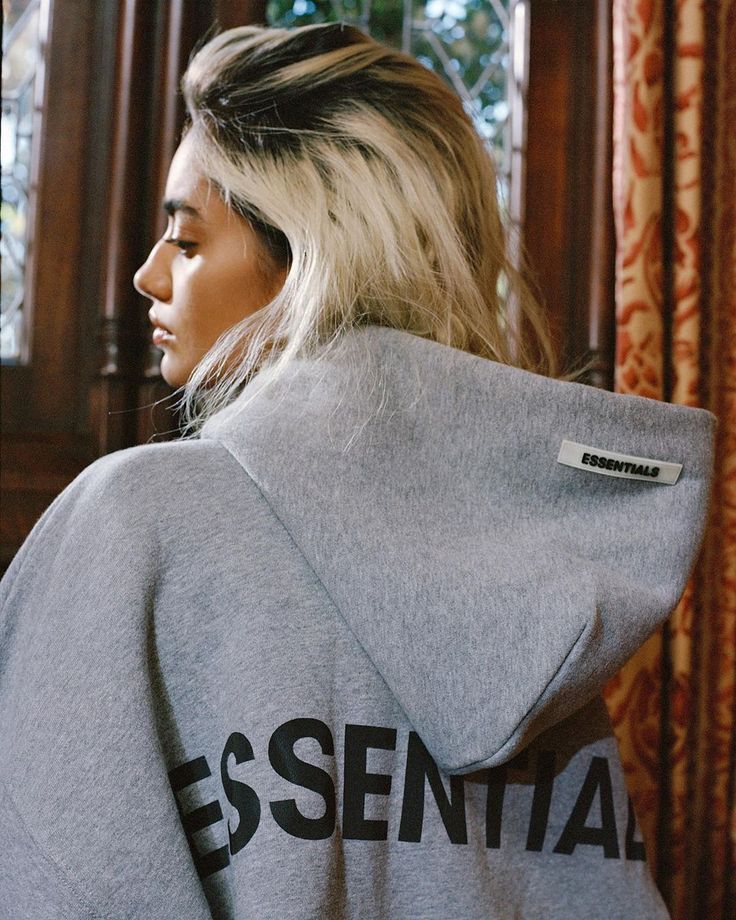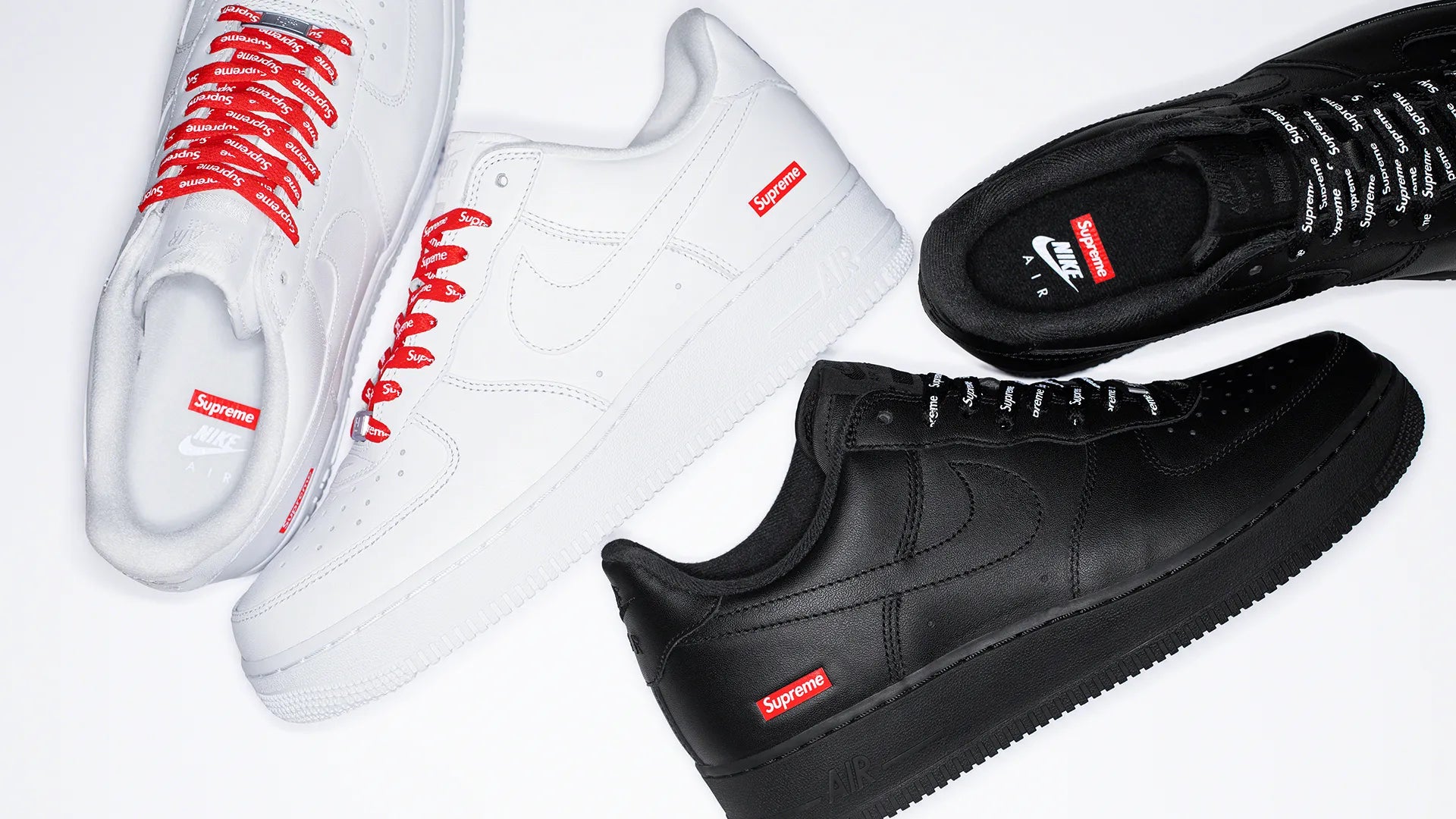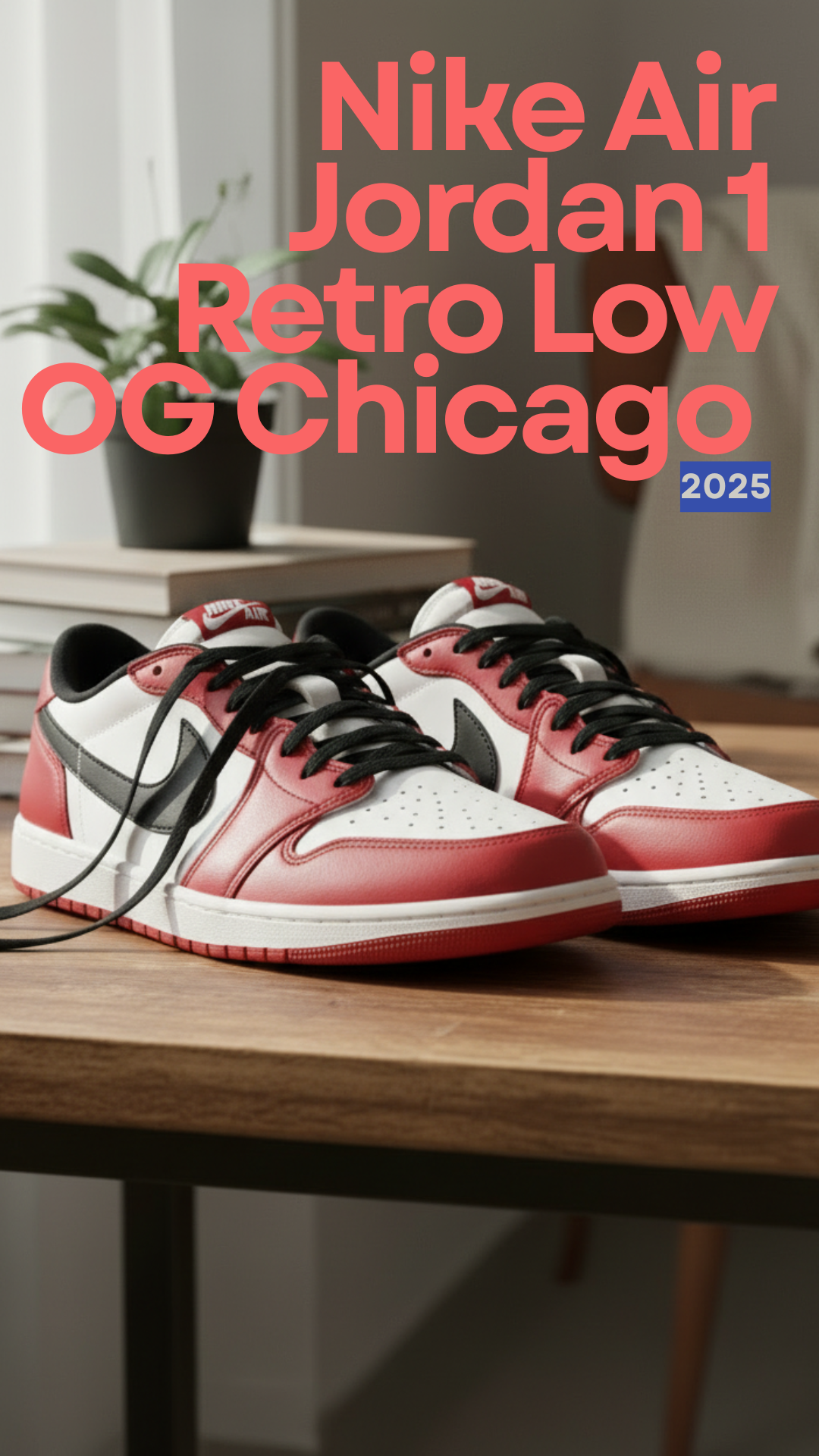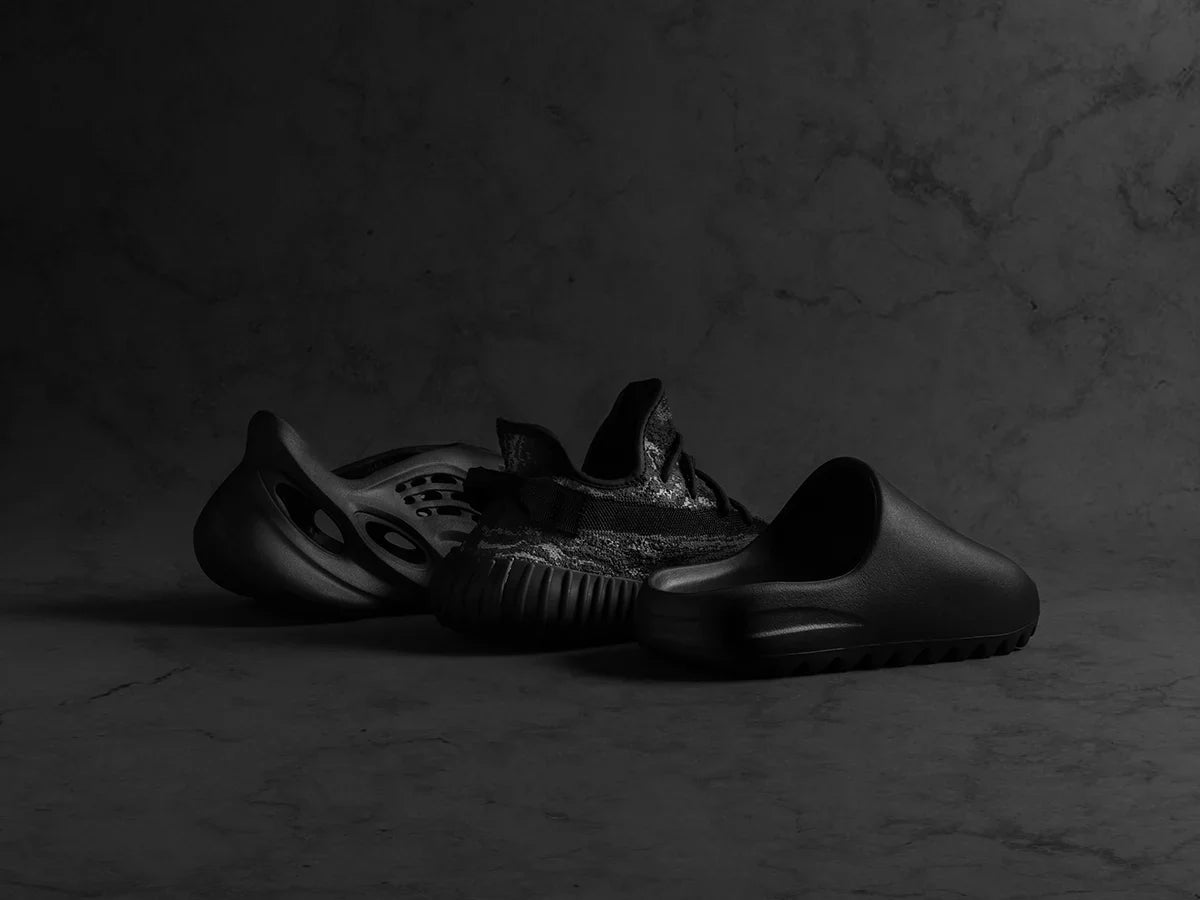The Evolution of Streetwear Culture

The Evolution of Streetwear Culture: From Underground to Mainstream Phenomenon
Streetwear culture has transcended its humble beginnings to become a dominant force in the fashion industry, shaping trends and influencing how people dress across the globe. Emerging from the vibrant streets of Los Angeles and New York City in the late 1970s and early 1980s, streetwear was originally a blend of skate, punk, and hip-hop styles. Today, it encompasses a wide array of brands, styles, and subcultures, making it one of the most dynamic and influential movements in contemporary fashion.
The Origins of Streetwear
Streetwear can trace its roots back to the skateboarding and hip-hop scenes, where DIY culture thrived and fashion was a form of self-expression. Early brands like Stüssy and Supreme were pioneers in this movement, merging casual wear with artistic designs and bold graphics. Stüssy, founded in 1980 by Shawn Stüssy, brought surf and skate culture to the forefront with its iconic logo tees and caps, while Supreme, launched in 1994, became synonymous with New York skate culture, known for its limited releases and collaborations with artists and designers.
The Rise of Influential Brands
As streetwear gained traction, other influential brands emerged. A Bathing Ape (BAPE), established in Japan in 1993, introduced unique camouflage patterns and playful designs, captivating fans worldwide. Off-White, created by Virgil Abloh in 2012, blurred the lines between streetwear and high fashion, pushing boundaries with its distinctive deconstructed aesthetic and ironic use of industrial motifs. Other notable brands include Fear of God, Palace Skateboards, and Anti Social Social Club, each contributing to the evolution of streetwear through innovative designs and cultural commentary.
The Hype and Commercialization of Streetwear
By the mid-2010s, streetwear culture exploded into the mainstream, attracting attention from luxury brands and high-profile celebrities. Collaborations became commonplace, with brands like Nike, Adidas, and Gucci partnering with streetwear designers to create highly sought-after collections. The rise of social media and sneaker culture propelled this trend, making it easier for brands to connect with consumers and showcase their unique styles.
Today, streetwear is no longer confined to skate parks and music festivals; it has infiltrated luxury fashion runways and high-end retail spaces. Streetwear brands are now considered a staple in contemporary fashion, with their pieces often commanding high resale prices in the secondary market. Limited releases, unique designs, and celebrity endorsements contribute to the hype surrounding these brands, further solidifying their place in popular culture.
Where Streetwear Culture Is Today
In 2024, streetwear culture continues to evolve, reflecting societal changes and shifting consumer preferences. Sustainability and ethical production are becoming increasingly important, with brands like Ader Error and Fear of God focusing on responsible sourcing and environmental impact. The rise of gender-neutral and inclusive designs is also shaping the future of streetwear, as consumers seek clothing that transcends traditional gender norms.
At its core, streetwear remains a powerful form of self-expression, blending art, music, and fashion into a vibrant tapestry that reflects the diverse voices of today’s youth.



